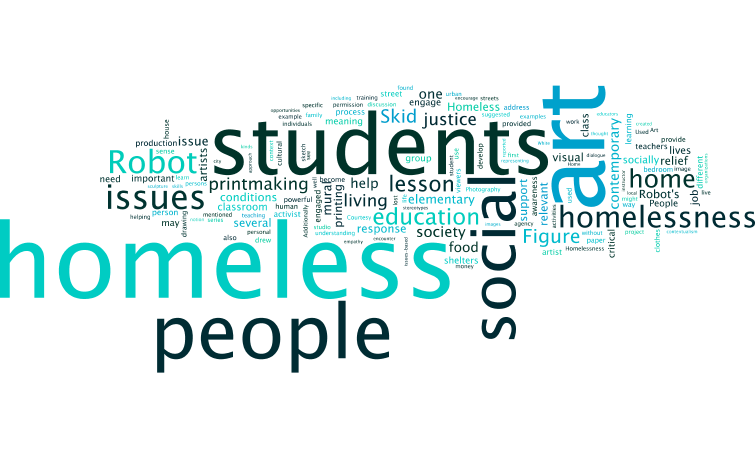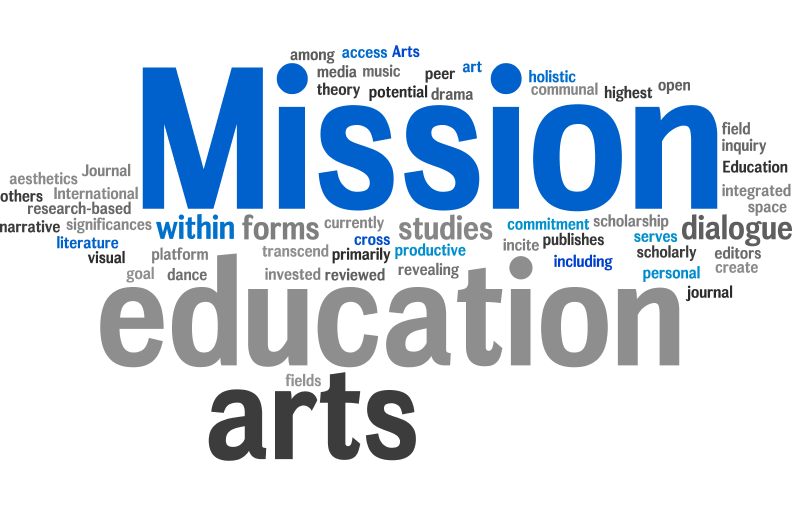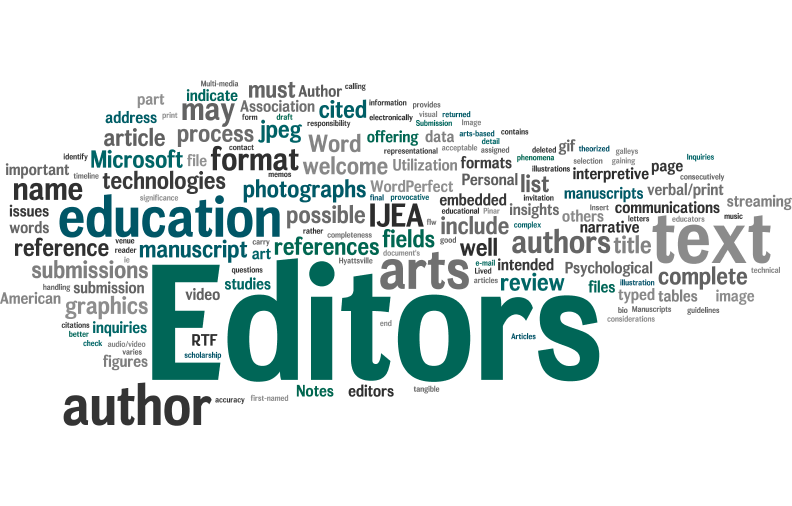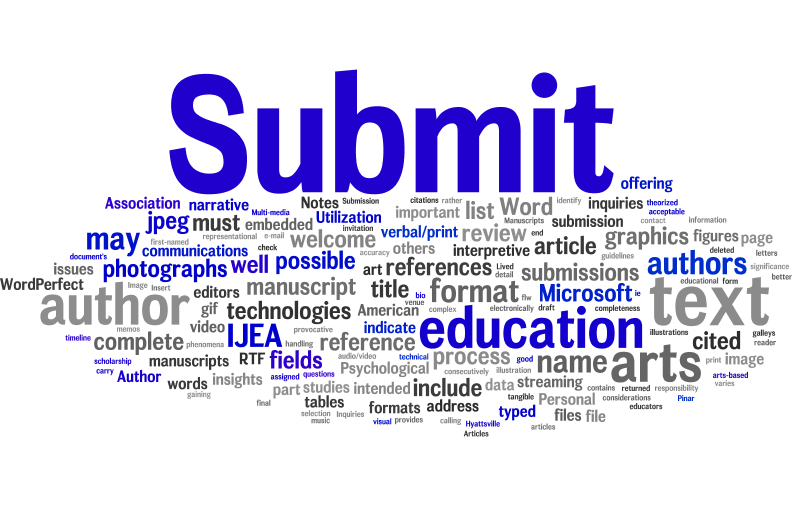| Volume 21 Number 21 | July 28, 2020 |
Socially Engaged Art Education: Exploring Issues of Homelessness in an Elementary Art Classroom
Sheng Kuan Chung
University of Houston, USA
Dan Li
Michigan State University, USA
Citation: Chung S. K., & Li, D. (2020). Socially engaged art education: Exploring issues of homelessness in an elementary art classroom. International Journal of Education & the Arts, 21(21). Retrieved from http://doi.org/10.26209/ijea21n21.Abstract
Over the past two decades, the field of art education has emphasized visual culture art education for developing visual literacy. More recently, social justice art education has come into focus since there have been many unresolved social justice issues in American society. Underprivileged groups such as persons experiencing homelessness have not yet gained public attention, nor have they evoked from the government a true sense of urgency. Homelessness often occurs at the intersection of unemployment, poverty, domestic violence, substance abuse, and mental health disorders. The impact on families, especially young children, can be profound. The essential part of social justice art education is to provide a safe learning place for students to voice unjust social conditions through art. A case study was conducted in a large urban city in the southwestern United States to explore elementary students’ perceptions about homelessness and how contemporary activist art inspires students to envision a more just society. The article begins with a literature review of socially-engaged art education and discusses homelessness issues in art education, first by describing several art examples by a contemporary mural artist, Skid Robot, who has addressed homelessness in his art. Inspired by Robot’s art, elementary students in a relevant art lesson expressed their views on various issues regarding homelessness and “drew” a home for homeless persons through a printmaking exercise. Students' artwork and their implications for social justice art education were provided.
Visual Abstract
This article is available in PDF format.





